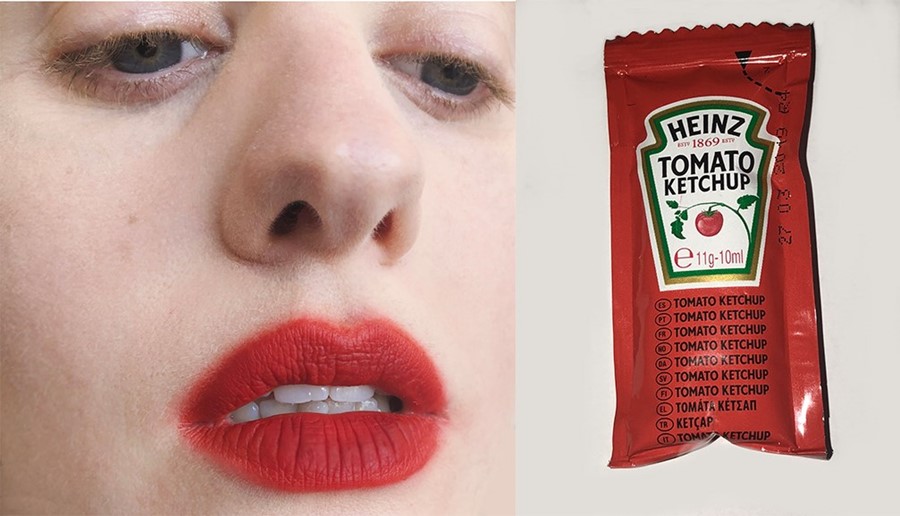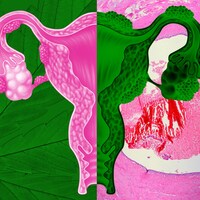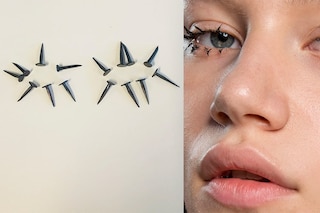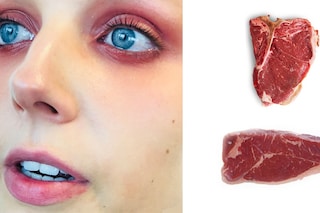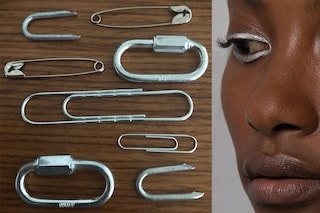Legendary MAC makeup artist Terry Barber, the brains behind @terrybarberonbeauty, talks growing up an outsider and shaving off Grace Jones’ brows
A quick scroll on Insta and you’ll find more beauty accounts than you can shake a selfie stick at. Makeup looks and tutorials, product launches, swatches and dupes, it’s all there. One account, however, stands out from the contoured crowd and that’s @terrybarberonbeauty. Run by legendary MAC makeup artist Terry Barber, the account juxtaposes beautiful makeup looks (by Terry, of course) with images of everyday phenomena. Bacon, cardboard boxes, sunburn, a tunnel, the Queen’s hat. Real kitchen sink stuff. It’s funny, irreverent and subversive – a reminder that beauty is fun and shouldn’t be taken too seriously. But Terry’s story began well before Instagram. Here he reflects on growing up an outsider and working with Grace Jones.
Mine’s a classic story of the late 70s/early 80s youth who discovered the heady, hedonistic sights and sounds of the post punk subcultures and was chased out of the countryside for being the-only-freak-in-the-village. One too many visits to the local pub in bondage trousers and a made-up face resulted in a couple of beatings and I was straight on a National Express coach to London with no money but high hopes. Very Bronski Beat, Smalltown Boy. To describe my background would be to describe a turning point. That was it. I never looked back.
Growing up in Wales and not being very handy with a rugby ball meant I was quite introverted at school. I gravitated to hanging out with girls who were complete outlaws, smoking in car parks and smuggling Vodka on school trips; bunking off school to try on dirty testers in Boots and getting eye infections. My early beauty memories are that girl with the cheap bronzer, punk eyeliner and a crusty pink frosted lip. She’s probably my target audience, even now. She’s just more grown up.
The less style and beauty that you’re surrounded by in youth, the more you crave it and seek it out. Back then, we didn’t have social media but we had music, which was the catalyst for style wherever you lived. From Bowie to punk and every subsequent subculture, all the rules of gender, sexuality and class were broken. The uniforms of the British tribes became legendary. It was a time when anti-beauty was as important as beauty. We didn’t want to look normal or fit in.
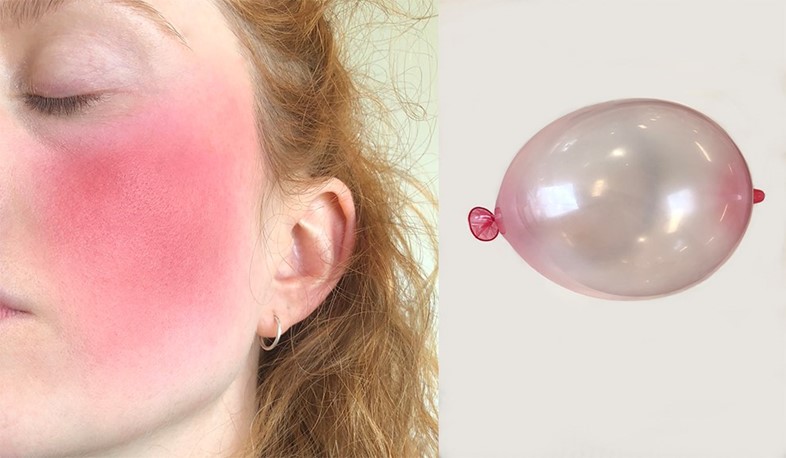
When I was growing up I didn’t really know that there was such a thing as a makeup artist, apart from those that worked on Hollywood films and that was a million miles away from my life. It was when The Face magazine came out that I realised that people made a living out of creating fashion imagery. The Face was a bible for me. My local WH Smith’s only ordered in two copies so I had to stand outside and wait for it to come in. It was looking at the work of people like Judy Blame and Ray Petri with Buffalo that made me think that a career doing makeup might be accessible to me. I’d been to art school but spent the whole time there learning to experiment with my own appearance. I managed to get a Prince's Trust Grant to do a small makeup course and took it from there.
The industry was a pretty exclusive club when I started out, you needed to know the right people. I was living in bedsits and going to clubs at the time and had to support myself so I started working on makeup counters. I started at MAC in 1994 at Harvey Nichols where it was about 20 people deep in customers all day. I can truly say that’s where I honed the craft, not only technically but also how to communicate with people and be receptive to what it is they want to express with their makeup. If your background is working with real people as well as models then you have a much wider perspective on the culture of beauty. I work at MAC to this day as a Director of Makeup Artistry. They’ve always allowed me my own point of view and I’m grateful for that.
What got me into working in fashion was working backstage on shows, starting in the mid 90s, especially the legendary McQueen shows at the end of the decade. Working on shows gives you a whole set of disciplines – working really quickly and with specific moods, references and aesthetics. When you work across so many attitudes to beauty from high luxury to complete grunge, you can walk and talk beauty on many levels.
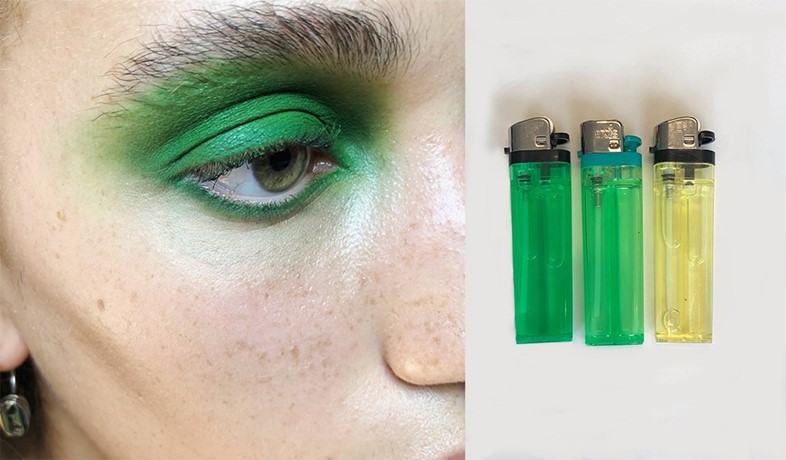
One of my favourite looks I ever created was when I got to do a V Magazine cover with Grace Jones shot by Jean Paul Goude: a legendary pairing of photographer and muse. Grace let me shave off her brows so I got to do a gold metal brow instead of black. It was a last minute decision but the shot became pretty iconic on top of the fact that I was working with heroes whose work was plastered over my bedroom wall when I was younger.
I would describe my aesthetic as an aspirational rawness. I like the idea of stripping everything down to one detail but have that detail say everything. I spent decades doing perfect transformations and now I find it more interesting to work backwards from that. I believe that in order to deconstruct you have to have originally mastered the classic rules. There’s a whole generation that are now creating highly technical makeup so my punk mentality kicks in and immediately wants to do the complete opposite. To be honest, when I see work now which is based on absolute technical perfection it leaves me a bit cold. I can appreciate the skill but I still think, “So what?”
To me, beauty is something that connects with emotions beyond being visually pleasing. That’s just pretty. I think beauty often veers towards ugliness in some way, it challenges us – lies in the cracks, in the shadows, and in the flaws. I think this comes across with my Instagram. I wanted to do something candid, based on reality and rawness. I wanted it to be quite irreverent, funny and subversive because I think that’s how people want to feel when they dress themselves. Why not the same in beauty? I like words because I think beauty needs a vocabulary. I like a ridiculously mundane colour comparison because it takes out the science and fantasy. Why not compare a pink eye shadow to bacon? That’s what it looks like. I like the art that comes out of the obvious.
It’s easy to fall into nostalgia and say it was better before. That’s not really the case, it was just different. There’s more freedom and acceptance now, relaxed ideas of gender and the influence of other cultures. The only thing now which I think needs to be challenged is style that’s based on celebrity obsession. In 30 years’ time I think that people will divide into specific camps. There are those that will go feral, shunning any form of artifice, want to restore all of their natural form and appearance and embrace an “as nature intended” life. Alternatively there will be those that live alongside technology, absorbing every scientific way to retain youth, perfection and the ideal human form. Basically I’m saying we will be a species divided into either cave dwellers or human androids. It's part George Orwell, part H.G. Wells.
